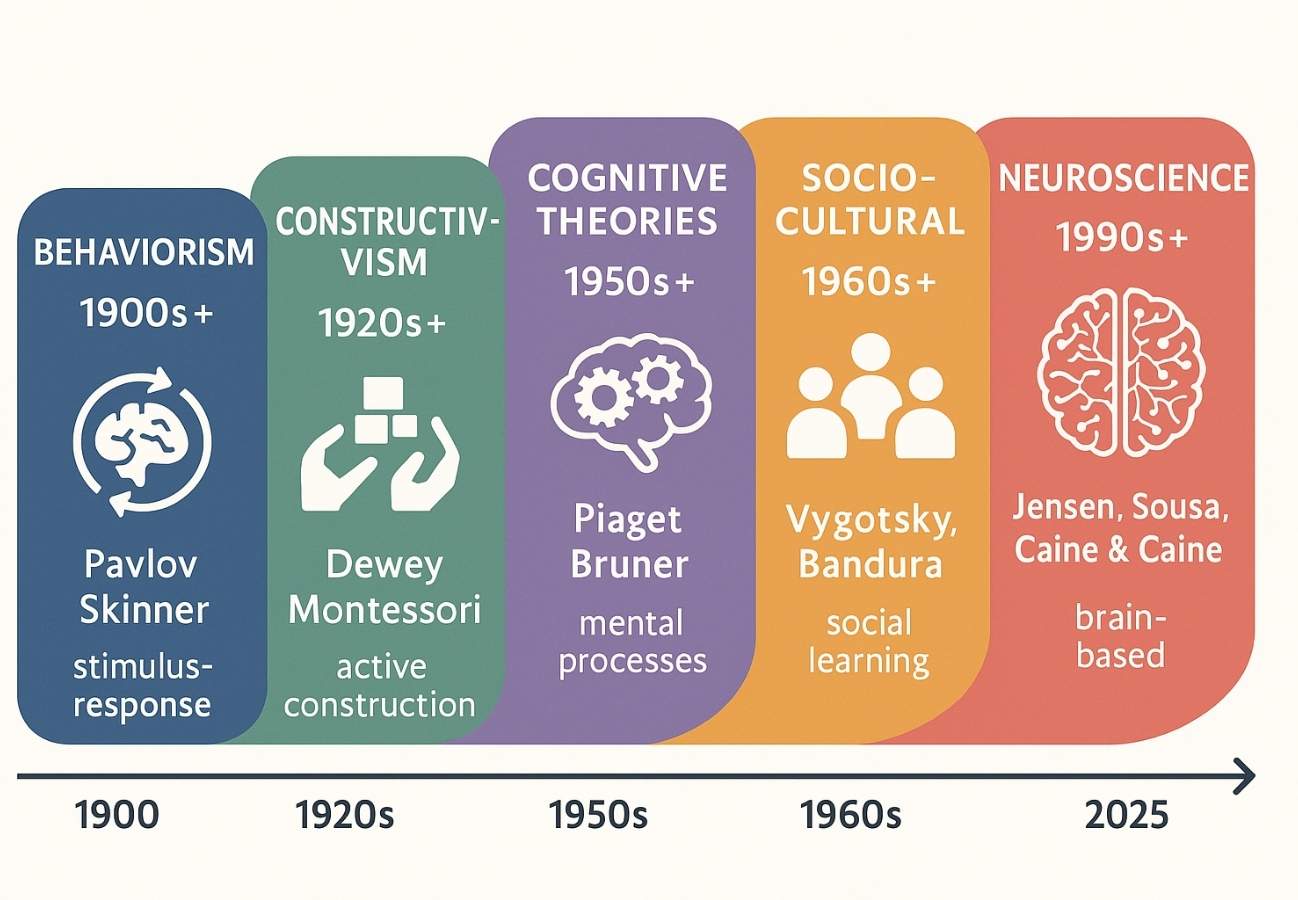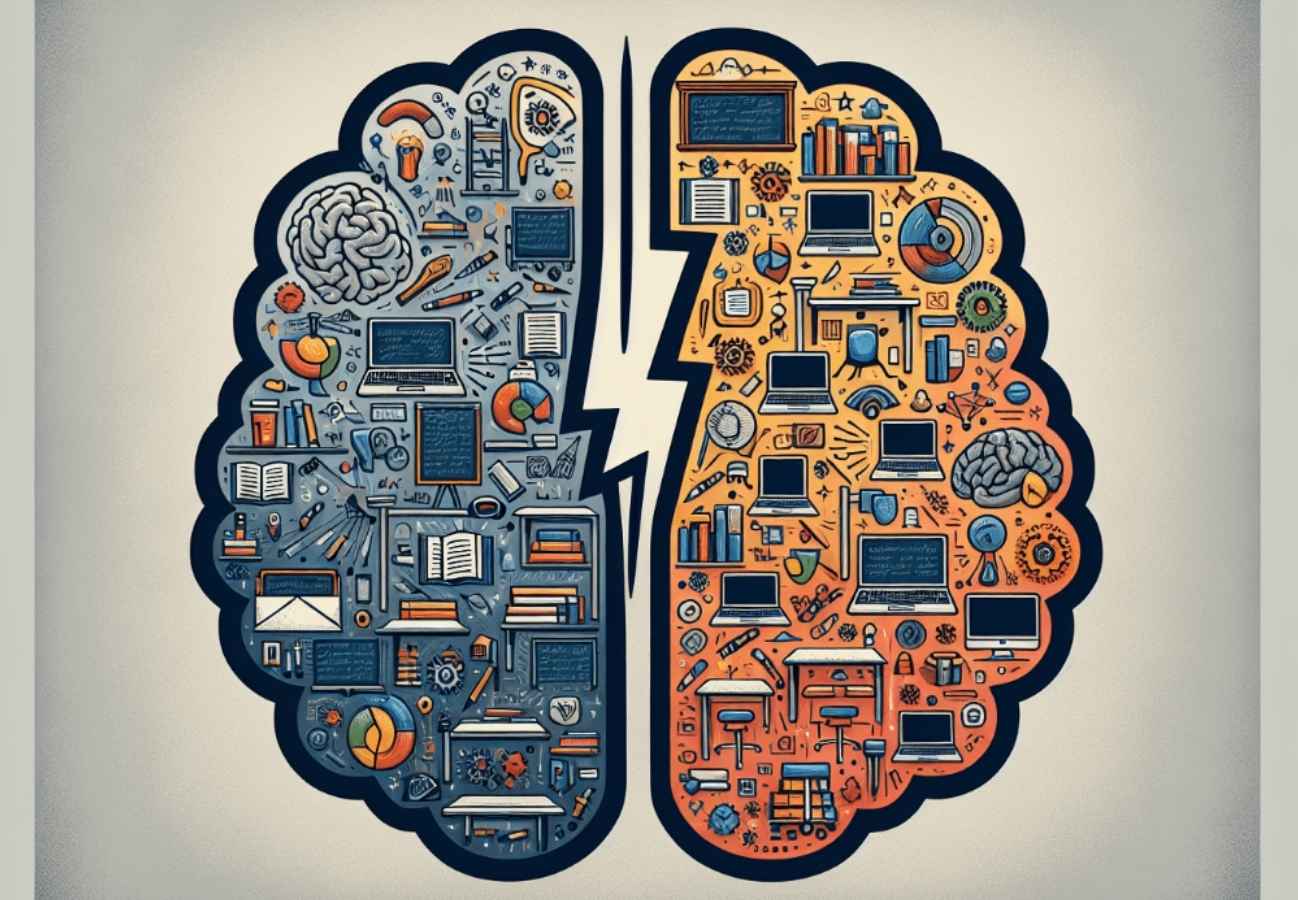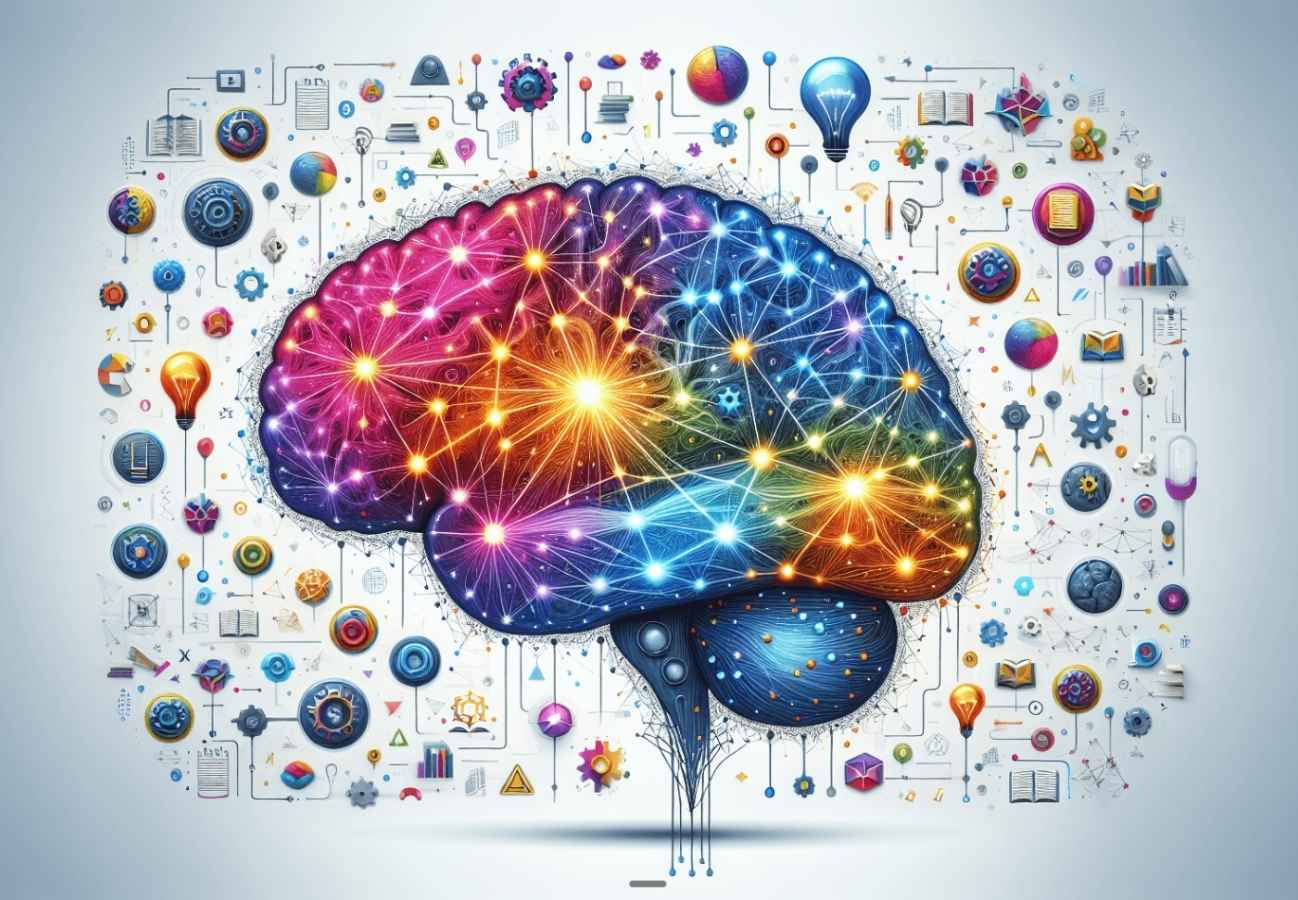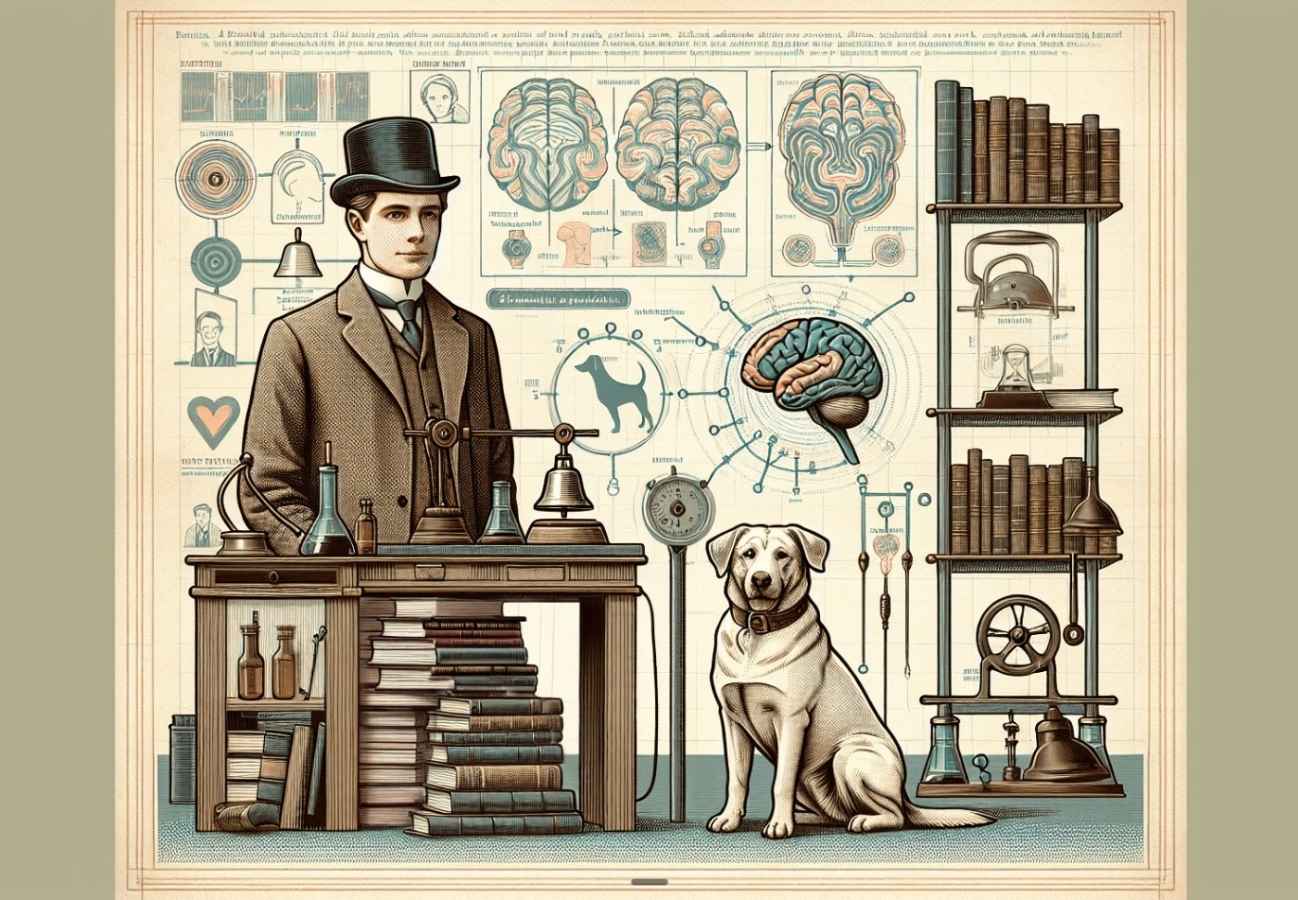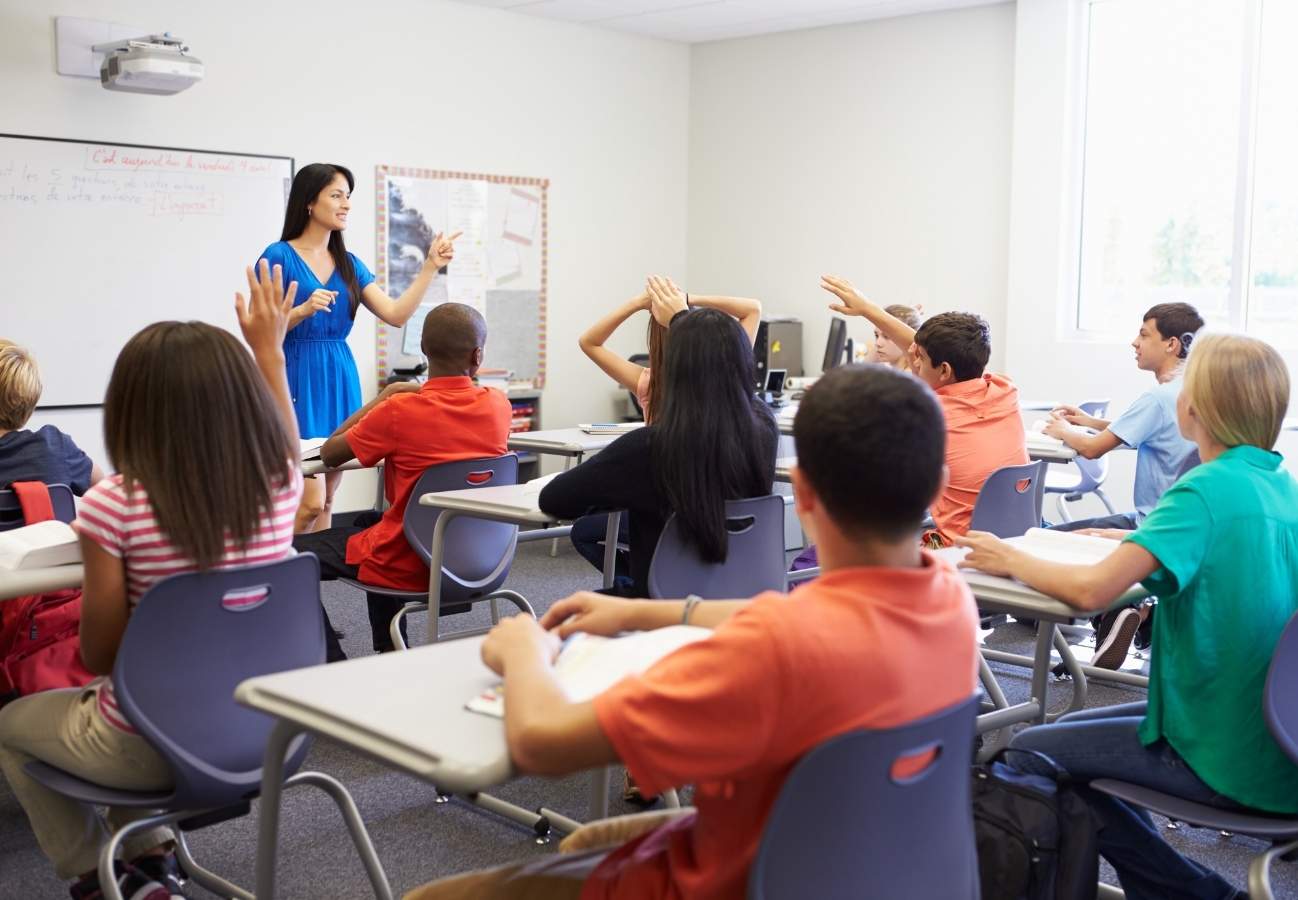How We Understand Learning
Every educator operates from a theory of learning - whether they can name it or not. These theories shape what happens in classrooms, how we design curriculum, what we assess, and how we understand the learner. The difference between effective and ineffective education often comes down to whether those theories match how humans actually learn.
This is your guide to the major theories, frameworks, and thinkers that have shaped our understanding of learning - from behaviorism's stimulus-response model to the complexity of socio-cultural and embodied approaches.
Why Learning Theories Matter
Learning theories aren't abstract academic concepts. They're working models that determine:
- Whether you see the learner as a passive recipient or active constructor of knowledge
- Whether you focus on observable behaviors or internal cognitive processes
- Whether you treat learning as individual or fundamentally social
- Whether you separate mind from body or understand them as integrated
- Whether you design for transmission or transformation
Most traditional schooling operates on outdated behavioral and cognitivist assumptions - that learning means acquiring and storing information, that knowledge can be transmitted from expert to novice, that assessment means measuring retention. These assumptions don't match what neuroscience and cognitive psychology now understand about human learning.
Understanding learning theories helps educators make informed choices rather than unconsciously replicate the models they experienced as students.
The Landscape of Learning Theories
Learning theories can be organized into several broad categories, each emphasizing different aspects of how humans learn:
Behavioral Theories focus on observable behaviors and external stimuli. Learning is seen as conditioning - strengthening connections between stimuli and responses through reinforcement.
Cognitive Theories emphasize internal mental processes - how information is perceived, processed, stored, and retrieved. Learning is understood as changes in mental structures and schemas.
Constructivist Theories propose that learners actively construct knowledge through experience rather than passively receiving it. Meaning-making happens through interaction with the world and reflection on those experiences.
Social and Socio-Cultural Theories emphasize that learning is fundamentally social, happening through participation in communities and shaped by cultural tools and contexts.
Humanistic Theories focus on the whole person, emphasizing self-actualization, intrinsic motivation, and the affective dimensions of learning.
Neuroscience and Brain-Based Approaches ground learning theories in biological reality - how the brain processes experience, forms memories, and adapts through neuroplasticity.
Embodied and Situated Approaches challenge mind-body dualism, proposing that cognition is grounded in bodily experience and always situated in specific contexts.
No single theory explains all learning. Educators should draw on multiple frameworks, understanding when each offers useful insights and where their limitations lie.
Major Learning Theories and Theorists
Behaviorism and Classical Conditioning
Behaviorist approaches dominated education for much of the 20th century and still shape many classroom practices - from reward systems to drill-and-practice methods.
Ivan Pavlov and Classical Conditioning
Classical conditioning demonstrated that neutral stimuli could become associated with automatic responses. While Pavlov worked with dogs, his insights influenced educational approaches that pair desired behaviors with positive stimuli.
Read more on Pavlov and Classical Conditioning
B.F. Skinner and Operant Conditioning
Skinner's operant conditioning focused on how consequences shape behavior. Reinforcement strengthens behaviors while punishment weakens them. This theory underlies many classroom management systems, though its limitations become apparent when dealing with complex learning that requires intrinsic motivation and creativity.
Read the guide on Operant Conditioning
Behaviorism's Limitations
Behaviorism treats learning as observable behavior change but ignores internal mental processes, meaning-making, and the social dimensions of learning. It works for simple skill acquisition but fails to explain complex cognition, creativity, or transfer of learning to new contexts.
Cognitive Learning Theories
Cognitive learning theories emerged as researchers recognized that behaviorism couldn't explain complex mental processes. These theories focus on how information moves through the cognitive system - perception, attention, memory, problem-solving. Unlike behaviorist approaches that treat the mind as a black box, cognitive theories explain the internal mental processes that make learning possible.
Jean Piaget and Cognitive Development
Piaget proposed that children move through distinct developmental stages, each characterized by different ways of thinking. His work emphasized that children actively construct understanding through interaction with their environment - they don't passively absorb adult explanations.
Review the full guide on Piaget's Theory of Cognitive Development
Jerome Bruner and Discovery Learning
Bruner advocated for discovery learning where students explore concepts actively rather than receiving information passively. He emphasized the role of scaffolding—temporary support structures that help learners accomplish tasks beyond their current capacity.
Information Processing Theory
This approach models the mind as an information-processing system with limited capacity. Understanding attention, working memory, long-term memory, and retrieval processes helps educators design instruction that works with cognitive architecture rather than against it.
Cognitive Load Theory
Cognitive load theory explains how working memory limitations affect learning. Effective instruction manages cognitive load by reducing extraneous processing, optimizing germane processing, and accounting for learners' prior knowledge.
Constructivism
Constructivist theories propose that learners actively build understanding through experience, reflection, and social interaction - not by passively receiving information.
Constructivism: Core Principles
Learning is an active process of meaning-making. Knowledge isn't transmitted; it's constructed. Learners build new understanding by connecting new experiences to existing mental models, which themselves evolve through the process.
Social Constructivism
Social constructivism emphasizes that knowledge construction happens through social interaction and is shaped by cultural contexts. Learning is not just individual cognitive activity but participation in social practices.
Socio-Cultural and Social Learning Theories
These approaches emphasize that learning is fundamentally social, happening through participation in communities and shaped by cultural tools, language, and practices.
Lev Vygotsky and Socio-Cultural Theory
Vygotsky proposed that cognitive development is inseparable from social and cultural contexts. His concept of the Zone of Proximal Development describes the space between what learners can do independently and what they can accomplish with guidance. Language and cultural tools mediate thinking.
Learn more on Vygotsky's Socio-Cultural Theory
Albert Bandura and Social Learning Theory
Bandura demonstrated that people learn through observation, imitation, and modeling - not just through direct experience and reinforcement. His work on self-efficacy shows that beliefs about one's capabilities profoundly affect learning and performance.
Read our guide on Bandura's Social Learning Theory
Communities of Practice
Lave and Wenger's work on situated learning and communities of practice shows how learning happens through legitimate peripheral participation. Newcomers gradually move toward full participation through engagement with authentic practices and relationships with more experienced members.
Neuroscience and Brain-Based Learning
Contemporary understanding of learning increasingly draws on neuroscience research about how the brain processes experience, forms memories, and adapts.
Brain-Based Learning Principles
Since the early 1990s, education scientists have worked to translate neuroscience research into practical classroom strategies. Eric Jensen pioneered brain-compatible learning approaches, David Sousa connected cognitive neuroscience to teaching practice, and Renate and Geoffrey Caine identified 12 principles describing how the brain learns naturally. They all emphasize the brain as a complex adaptive system, the role of emotions in learning, the importance of meaningful patterning, and the necessity of appropriate challenge without threat.
Neuroplasticity
The brain's capacity to reorganize itself throughout life challenges fixed-ability mindsets. Understanding neuroplasticity supports growth mindsets and provides biological grounding for the possibility of continuous learning and development.
Memory and Learning
How memories form, consolidate, and are retrieved fundamentally shapes effective teaching practice. Understanding working memory limitations, the role of spacing and interleaving, and retrieval practice improves instructional design.
Humanistic and Whole-Person Approaches
Humanistic theories emphasize the learner as a whole person - not just a cognitive processor but a being with emotions, motivations, and a drive toward self-actualization.
Carl Rogers and Person-Centered Learning
Rogers emphasized creating conditions for learning rather than directing it - psychological safety, unconditional positive regard, and authenticity. Learning flourishes when learners feel accepted and free to explore without fear of judgment.
Abraham Maslow and Self-Actualization
Maslow's hierarchy of needs suggests that higher-level learning requires basic needs (safety, belonging) to be met first. His concept of self-actualization describes the human drive toward realizing full potential.
Read the full guide on Maslow's Hierarchy in education
John Dewey and Progressive Education
Dewey emphasized learning through experience, reflection, and democratic participation. Education should connect to students' lived experiences and prepare them for participation in democratic society - not just transmit inert knowledge.
Contemporary and Integrated Approaches
Recent theories integrate insights from multiple traditions, often drawing on neuroscience, embodied cognition, and systems thinking.
Kieran Egan and Imaginative Education
Egan proposed that education should engage imagination and emotion, not just rational cognition. His framework of cognitive tools describes how humans make sense of experience through stories, metaphors, binary opposites, and theoretical frameworks - each emerging at different developmental phases.
Acknowledging Embodied Cognition
Embodied approaches challenge mind-body dualism, proposing that cognition is grounded in bodily experience. Thinking isn't separate from sensing and moving - it emerges through interaction between brain, body, and environment.
Complex Adaptive Systems Approach in Education
Viewing learners and learning environments as complex adaptive systems emphasizes emergence, self-organization, and non-linear development. This perspective helps educators work with complexity rather than trying to control it.
Educational Philosophies and Pedagogical Models
These approaches translate theories into comprehensive educational philosophies and practical models for organizing learning.
Maria Montessori
Montessori education emphasizes self-directed activity, hands-on learning, and collaborative play. Prepared environments allow children to develop independence, concentration, and intrinsic motivation. The approach respects children's natural developmental rhythms and capabilities.
Reggio Emilia Approach
Emerging from post-war Italy, Reggio Emilia views the child as competent, curious, and capable. The environment serves as the third teacher. Documentation makes learning visible. Projects emerge from children's interests and questions. Adults collaborate as co-researchers with children.
Waldorf Education
Rudolf Steiner's Waldorf approach emphasizes imaginative and artistic learning, developmental stages, and educating the whole child—head, heart, and hands. The curriculum follows human development phases, with different emphasis at different ages.
Project-Based Learning
PBL engages students in extended inquiry around meaningful questions or problems. Students develop deep content knowledge while building collaboration, communication, and critical thinking skills through authentic work.
Experiential Learning
Kolb's experiential learning cycle describes learning as a process of concrete experience, reflective observation, abstract conceptualization, and active experimentation. Learning requires both action and reflection.
Learn more on Kolb's Experiential Learning Theory
Applying Learning Theories in the Classroom
Understanding learning theories matters only to the extent that they shape our practice. Here are some ways effective educators incorporate their exploration of learning theories into their classroom practice:
- Examine Their Own Mental Models: What assumptions about learning drive your decisions? Where did those assumptions come from? Do they match current understanding of how humans learn?
- Choose Approaches Intentionally: Different theories offer insights for different contexts. Behaviorist approaches might work for simple skill acquisition but constructivist methods work better for complex understanding.
- Integrate Multiple Perspectives: No single theory explains all learning. Drawing on multiple frameworks provides richer understanding than adherence to one approach.
- Ground Practice in Biological Reality: Brain-based approaches ensure teaching works with human neurobiology rather than against it.
- Honor the Whole Person: Humanistic and socio-cultural approaches remind us that learners are complex beings with emotions, relationships, and contexts—not just cognitive processors.
- Remain Open to Revision: Our understanding of learning continues evolving. Stay curious about new research while maintaining critical perspective on fads and oversimplifications.
Connecting Theories into Practice
Learning theories connect directly to classroom practice. Explore our following guides to learn more:
- Teaching Strategies: Explore specific instructional methods grounded in these learning theories
- Learning Styles: Understand how individual differences affect learning preferences and engagement
- School Leadership: See how leadership decisions reflect underlying theories of learning
Moving Forward with Learning Theories
The theories explored here represent different ways of understanding the same phenomenon: how humans learn. Each offers useful insights, but each has limitations.
The goal isn't to find the "right" theory but to develop sophisticated understanding that helps you make better decisions about creating conditions where learning flourishes.
Education improves when educators can articulate their theories of learning, examine those theories critically, and revise them based on evidence and experience. Theory and practice inform each other in an ongoing cycle of learning about learning.
These guides provide starting points for deeper exploration of how humans learn and how we can better support that learning.

